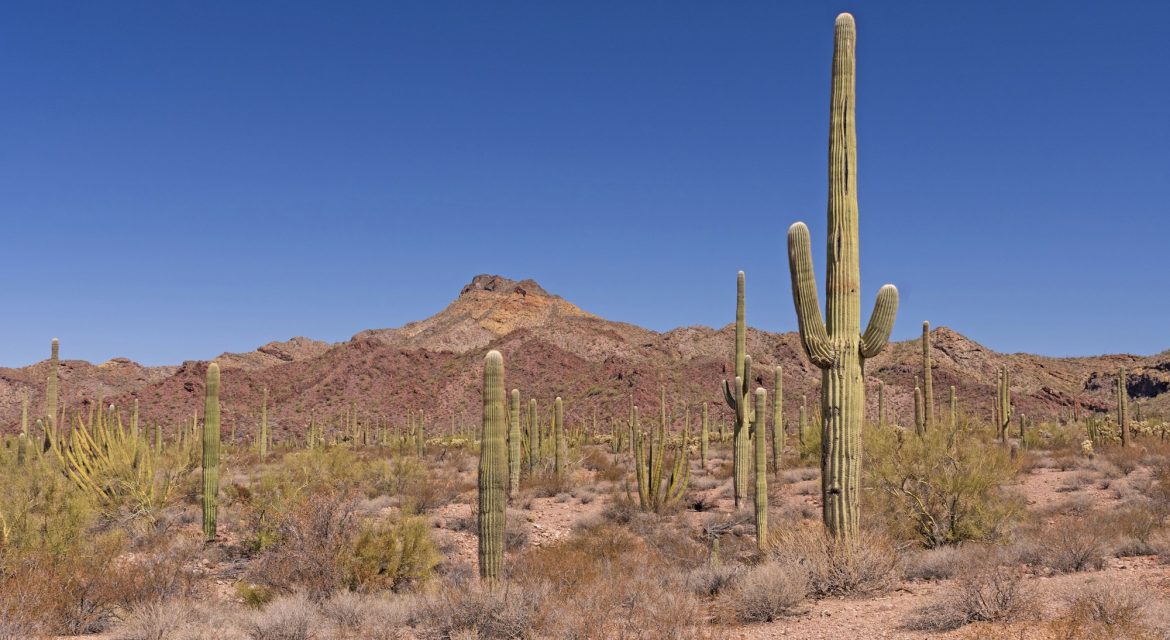Desert plants such as yuccas and cacti have been around for millions of years.
Fossil records show that they evolved in the arid regions of North America, South America, Africa and Asia more than 50 million years ago. Some species of desert plant, such as agave and saguaro cactus, are believed to have existed up to 200 million years ago. These plants were able to withstand the harsh conditions in their native environments by developing specialized water storage systems and deep root systems that allowed them to extract moisture from the ground when it was available.
These adaptations allowed these desert plants to survive long periods with little or no rain, allowing them to exist in some of the world’s driest climates today. Despite the extreme environmental conditions they live in, desert plants have been able to thrive and have even become important food sources for many people living in arid regions around the world.
The yucca is one of the most recognizable desert plants, with its spiky leaves and showy flowers. Yuccas are a type of succulent, meaning that they store water in their thickened leaves or stems. They can live for centuries under the right conditions, but require very little water and can survive long periods of drought when necessary. Cacti also store moisture in their stems and fleshy pads and are known for their ability to withstand extremely dry climates. These hardy desert dwellers have adapted to survive some of the harshest conditions on Earth, making them an essential part of the global ecosystem.
Today, desert plants are still used around the world for food, medicine and decoration. They are also becoming increasingly important as a source of renewable energy, with many countries investing in technologies that use cacti to create biofuels. As climate change continues to make some areas even more arid, it is likely that these resilient desert plants will continue to be a vital part of our lives for many years to come.





